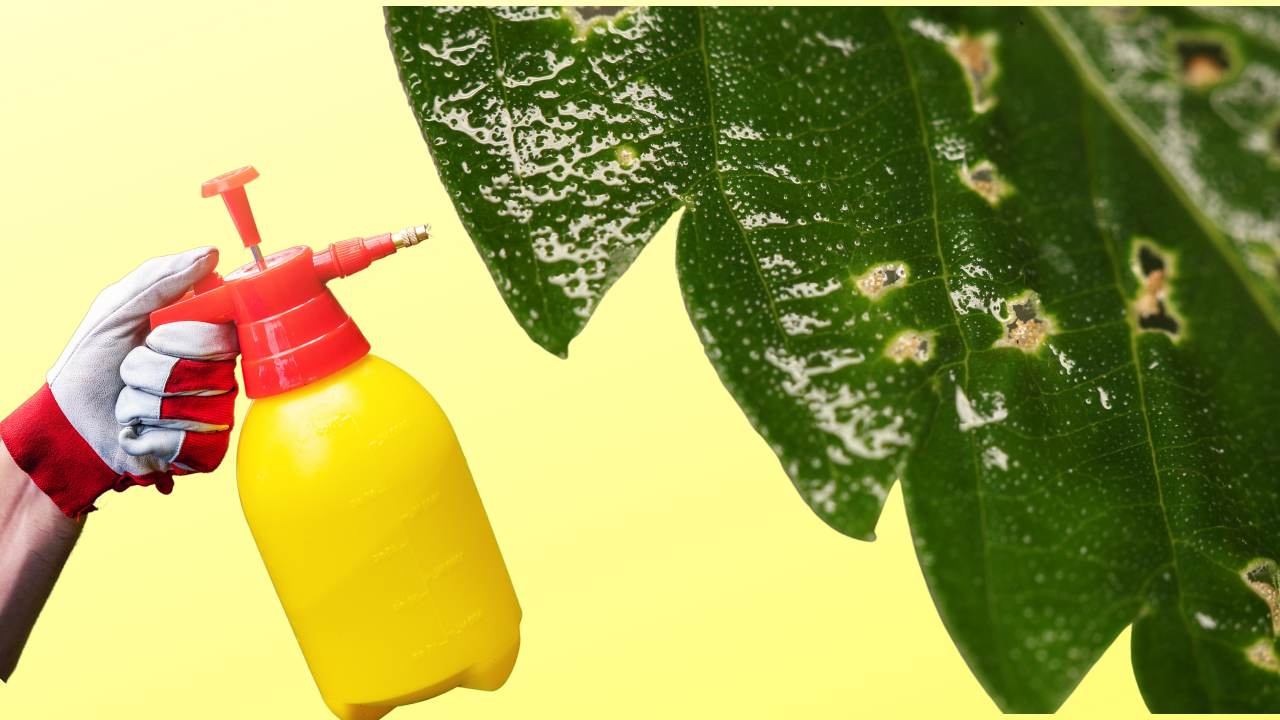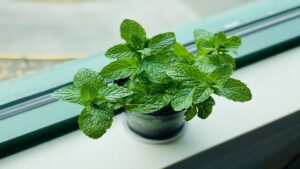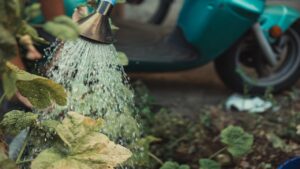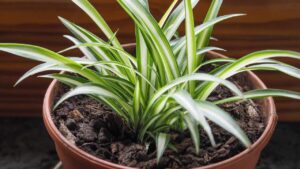A Real Force Against The Most Stubborn Insects: Anti-Mite With Bicarbonate, All Natural
Aphids are a common permanent presence in the garden, especially during the summer when warmer temperatures favor their rapid reproduction and development. Luckily, we have a powerful weapon in the form of an anti-mite solution with baking soda, which is incredibly useful and effective for fighting these insects. Today, we’re going to see how to prepare it at home.

Mites are tiny creatures resembling spiders that feed on plants and can cause damage to gardens. They can be particularly problematic for crops such as fruit, vegetables, and ornamental plants.
Baking soda affects the mite’s ability to breathe by interfering with their respiratory system. As a result, the mites die, which helps in controlling their population in the garden. Additionally, baking soda acts as a natural fungicide and bactericide, helping prevent various plant diseases that can be spread by spider mites.
How to Prepare the Anti-mite with Baking Soda
The product we are going to prepare is completely safe to use and non-toxic, making it suitable for application on any type of plant without harm. Its fungicidal properties effectively eliminate disease-causing bacteria and fungi, while also acting as a deterrent for insects, keeping them away from the plants.

To prepare the solution, you will need one liter of water, a tablespoon of baking soda, and a tablespoon of liquid soap. Mix all the ingredients together and transfer the mixture into a spray bottle. Now, the product is ready for use. You can vaporize it onto the leaves by repeating the process until the insects are entirely eliminated.
Alternatively, you can mix baking soda with vegetable oil. Following the first procedure, use the same quantities of baking soda and water, but replace the liquid soap with 2 tablespoons of vegetable oil, such as sunflower or olive oil. This second procedure works exceptionally well against woolly aphids, as it breaks through their protective barrier. Simply spray the mixture onto the leaves or stems where you have spotted the insects.





